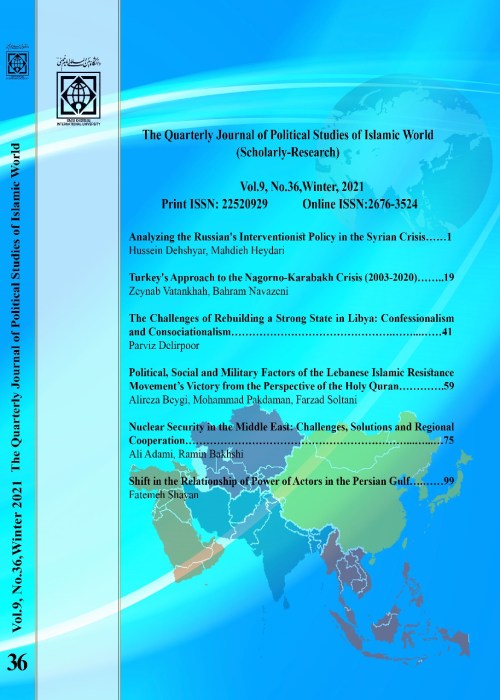The Impact of Political Opportunity Structures on the Fate of Islamist Movements in Revolution: A Comparative Analysis of Iran and Egypt
After decades of social and political activities, the Islamist Muslim Brotherhood succeeded in establishing “the largest Islamic movement of the twentieth century” with hundreds of thousands members throughout Egypt. However, in despite of political achievements such as winning the 2012 Presidential Election, they lost political power by a coup-revolution at the end of the 2011-2013 revolutionary period. In contrast, the Islamist movement of the combatant clergies succeeded in achieving dominance in the Iranian 1977-79 Revolution and seizing power in the post-revolutionary political system. The objective of this article is to explain, from a structural perspective, the historical contexts which make such distinct situations possible for the Islamist movements in Iran and Egypt.
This article is in the tradition of comparative-historical studies of revolutions and uses the concept of “political opportunity structures” to explain the success and failure of the Islamist movements in these revolutions.
The main differences regarding the political opportunity structure for the Islamist movements in the Iranian and Egyptian revolutions are: more intense conflicts between the clergy and the non-clergy Islamic-political activists in Egypt made the accumulation of resources in a united Islamic front more difficult; more armed forces autonomy from the head of the state in Egypt strengthened the possibility of their surviving as a structural barrier against the success of the Islamists in revolution; and in a stark contrast to Iran, Egypt observed a retreat from state secularism in the decades leading up to the revolution, which, along with the benefits of the Islamic institutions from government budgets, increased the political influence and satisfaction of the conservative Islam, and, consequently, weakened the possibility of the combatant Islamists to gain dominance during the revolution.
Aside from the cultural, cognitive and agency factors mentioned in the existing literature, the structure of political opportunity was more favorable to the success of the Islamist movement in the Iranian revolution than in the Egyptian one.
- حق عضویت دریافتی صرف حمایت از نشریات عضو و نگهداری، تکمیل و توسعه مگیران میشود.
- پرداخت حق اشتراک و دانلود مقالات اجازه بازنشر آن در سایر رسانههای چاپی و دیجیتال را به کاربر نمیدهد.


